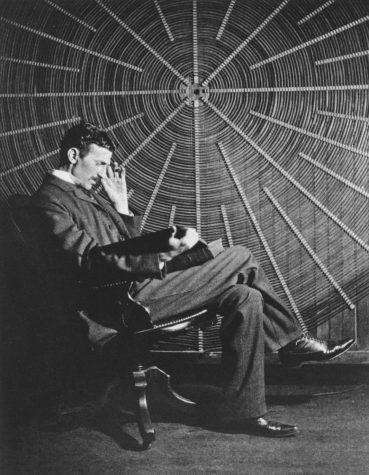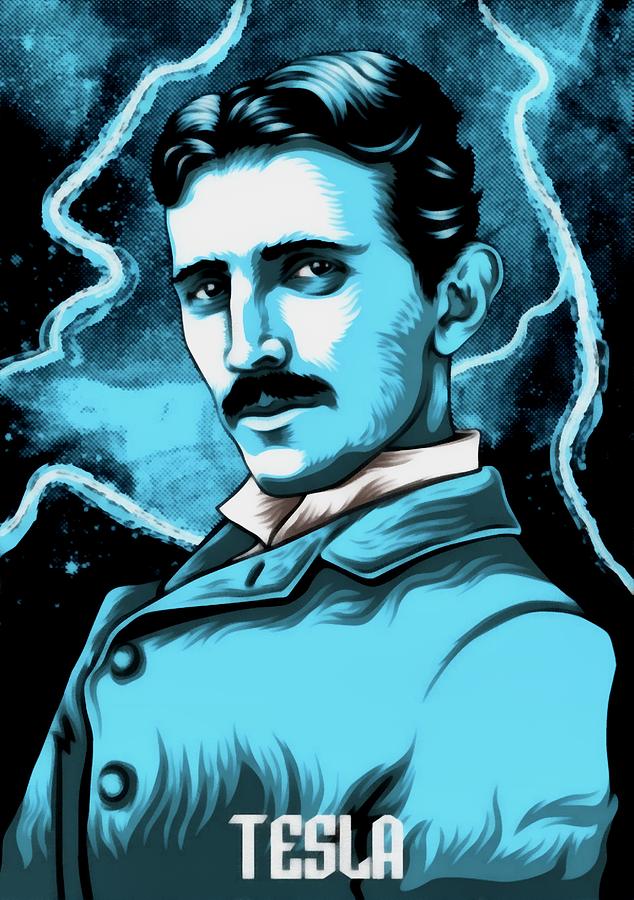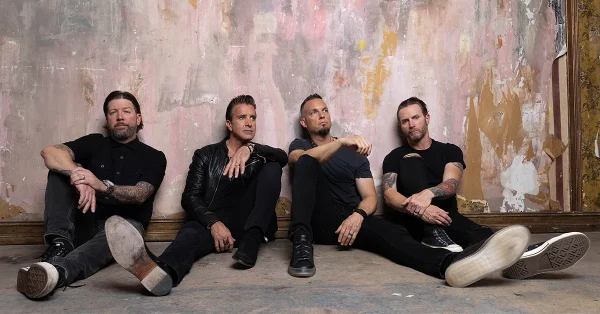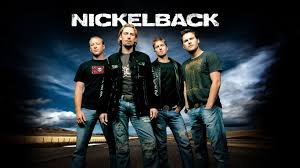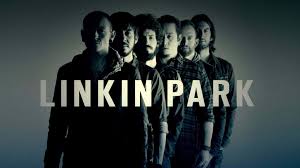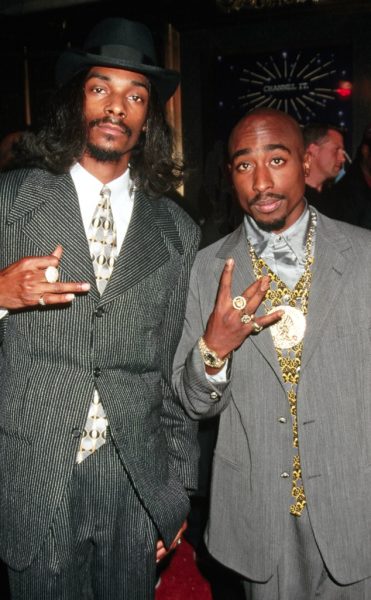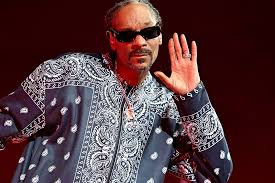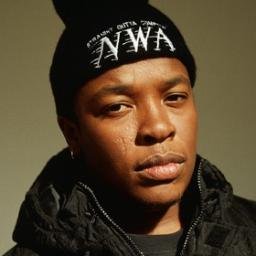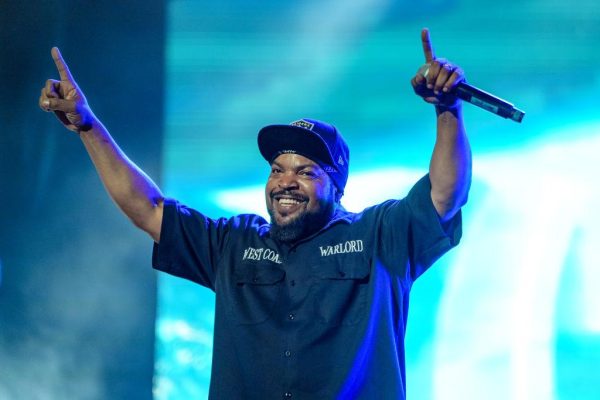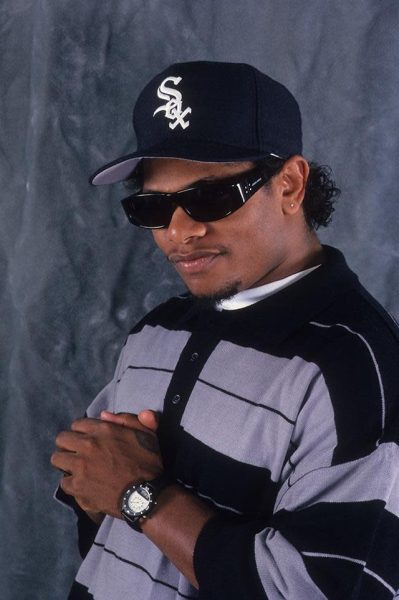Underrated History: Nikola Tesla
September 29, 2020
I think we can all agree that humanity is pretty amazing. It might be hard to remember that in the dark times of today with social media, riots, and the pandemic currently still going on, that we truly are a unique species that has done many wonderful things. Maybe you wouldn’t believe it when you look back on history and only see wars, evil people, bad philosophies, and oppression. However, in all honesty, history is not just the doom and gloom. While it’s true a lot of things worth remembering are the dark sides of history, there are many elements of history that are often overlooked and are wholesome, interesting, admirable, and sometimes downright hysterical. They might not deepen your understanding of the world, but they will remind you that humanity is good, sometimes petty, and overall hilarious. Even in the Shakespearean tragedies, there is something good or funny to be discovered.
Last year I wrote an article on the First Viral Meme, a symbol that American soldiers would draw wherever they went during World War Two. Today it’s referred to as ‘Kilroy was Here’, and since then I have wanted to write other articles informing people about random historical topics that no one talks about. So join me in my final year of high school as I write about random people, things, and events that you probably didn’t know about. I hope that along the way, I’ll either make you appreciate humanity or bust your gut with laughter. Either one works.
From the overlooked to the hilarious to the stupid to the mislead: this is Underrated History!
Nikola Tesla
Last year, while drowning neck-deep in the void we call Pinterest, I stumbled across an image of Nikola Tesla and a generalized list of his accomplishments.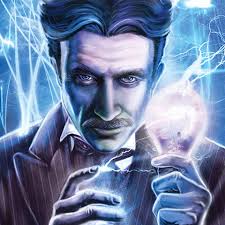 Some were true, most were false, but that’s beside the point. Either way, for some reason, his name stuck with me and I quickly became fascinated with this man I had never heard of who had done so much for our modern world and technology. Within a few months, I knew I wanted to write an article about him, but the pandemic happened and I never got the chance to tell his story. Now, though, I can not think of a better way to properly introduce this series and what I wish to accomplish with it other than by talking about Nikola Tesla. He is quite possibly the most underrated inventor of the modern era, and one of the kindest people who ever lived. Without him, our world would quite possibly look very different.
Some were true, most were false, but that’s beside the point. Either way, for some reason, his name stuck with me and I quickly became fascinated with this man I had never heard of who had done so much for our modern world and technology. Within a few months, I knew I wanted to write an article about him, but the pandemic happened and I never got the chance to tell his story. Now, though, I can not think of a better way to properly introduce this series and what I wish to accomplish with it other than by talking about Nikola Tesla. He is quite possibly the most underrated inventor of the modern era, and one of the kindest people who ever lived. Without him, our world would quite possibly look very different.
So why don’t we get started?
Early Life
Nikola Tesla was born on July 10th, 1856 during a ravenous thunderstorm in the Austrian Empire, which is now today modern-day Croatia. At the time, children born during storms and natural disasters were seen as bad luck, and the midwife for Tesla’s birth predicted that he would be a ‘child of darkness.’ In response, Tesla’s mother said, ‘No, he shall be a child of light.’ This statement will become quite ironic later in Tesla’s life, so keep it in mind.
Throughout Tesla’s early childhood, his mother, who herself came from a long line of inventors, nurtured him to be this supposed ‘Child of Light’ that she predicted. She specifically taught him excellent memorization skills and helped develop his already strong imagination. By high school, he was able to perform integral calculus in his head, causing many of his teachers to accuse him of cheating. Then, later in life, he would be able to speak eight different languages and imagine inventions perfectly as if they were right in front of him, all of which he attested to his mother’s teachings throughout his childhood.
To the surprise of no one, Tesla graduated early from high school top of his class. Everything seemed to point in the direction of going to a great University, however, his father was rather adamant about him following his own footsteps and becoming a priest. It might have happened too, if not for Tesla becoming extremely sick at the age of 17 from cholera. He was bedridden for days and many assumed that he would not live. Then, one day, Tesla told his father that he felt that he might live if his father allowed him to go to University. Reluctantly, his father agreed, as long as his son lived. Miraculously, Tesla got better, and his father kept his word, allowing his son to go to University to study engineering.
While at University, at least for the first year, Tesla received the highest grades possible and was a star student on the Dean’s list. He was an incredibly hard worker, or an incredibly stupid one. As several of his comrades claimed, Tesla would work from 3 AM to 11 PM, and got only three hours of sleep per night. It was so concerning to his teachers that they wrote a letter to his father saying that if he didn’t take better care of himself, he might die from overwork and burnout. Tesla pushed through, however, and the lack of sleep and long work hours would be a habit he would keep for the rest of his life, for better or worse.
You’d think Tesla would also graduate top of his class, but it didn’t pan out that way. Tesla became heavily addicted to gambling in his 2nd year and gave away his entire tuition and allowance within the span of a year, forcing him to drop out of school. Not long after, he ran away from his home to Budapest. So abruptly, in fact, that many of his friends thought he had drowned in a nearby river. While in Budapest, he worked as the chief electrician at a telephone exchange where he reportedly invented, and eventually perfected, a telephone amplifier.
After a few years in Budapest, Tesla moved to Paris in 1882 to work for the Continental Edison Company. His job was to install indoor lighting around the city, but management realized that his talents were wasted doing such a simple job, and rehired him to construct and fix dynamos and electrical motors. Soon, the company had him traveling around Europe fixing at other Edison branches.
In 1884, Tesla was invited to work for Edison Machine Works in New York City, which he accepted. He moved across the pond with only four cents in his pocket. Eventually, Tesla would meet Thomas Edison, who he at the time greatly admired.
Side Note: While many consider Thomas Edison to be the inventor of the lightbulb, this is not true. There are many contributors to the invention of the lightbulb, but the person who should be credited to its creation is a man named Joseph Swan, who owned the patent to what was essentially a beta version of the modern lightbulb. (Patent: a government authority or license conferring a right or title for a set period, especially the sole right to exclude others from making, using, or selling an invention…. basically copyright for inventions) Edison then bought the patent from Swan and hired 50 assistants to work and perfect the lightbulb, to which he then sold, and eventually through (dumb) historians became known as its inventor.
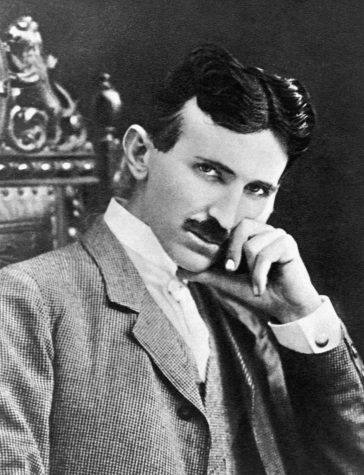 Tesla and Edison got along swimmingly in the beginning of their relationship. Then it all went into the garbage when, in 1885, Tesla offered to redesign Edison’s DC (direct current: electricity that flows in a single, direct direction) motors and generators. The motors and generators at the time were extremely inefficient as they tended to break down, and spark, causing many safety hazards. Edison agreed to the deal and offered Tesla 1 Million dollars in today’s currency for the job. Obviously, Tesla took the deal, and he fixed everything wrong with the motors, as promised. They were reliable, no longer sparked, and were simpler in design. In fact, the design was so good that it’s still used today in common household appliances, power tools, smartphones, pumps, and the Tesla electric car.
Tesla and Edison got along swimmingly in the beginning of their relationship. Then it all went into the garbage when, in 1885, Tesla offered to redesign Edison’s DC (direct current: electricity that flows in a single, direct direction) motors and generators. The motors and generators at the time were extremely inefficient as they tended to break down, and spark, causing many safety hazards. Edison agreed to the deal and offered Tesla 1 Million dollars in today’s currency for the job. Obviously, Tesla took the deal, and he fixed everything wrong with the motors, as promised. They were reliable, no longer sparked, and were simpler in design. In fact, the design was so good that it’s still used today in common household appliances, power tools, smartphones, pumps, and the Tesla electric car.
Yes, in case you were wondering, the Tesla Company was named after Nikola Tesla. No, he was not the founder.
With the job complete, Tesla went to Edison to collect his payment for a job well done. However, all Edison did was laugh and went, “Mr. Tesla, you do not understand our American humor.” Tesla never saw a dime of the money he was promised.
Upset and angry, Tesla left Edison’s company to start his own electric company, as the Electrical Revolution was taking place. While getting his company started, Tesla dug ditches for two dollars a day, or roughly 50 dollars in today’s money, in order to make ends meet. It wasn’t long, however, until he managed to strike a deal with George Westinghouse, the founder and owner of Westinghouse Electric and Manufacturing Company, where Tesla sold his patents to Westinghouse to manufacture for regular compensation. (To be clear, Tesla did not invent AC electricity, he simply owned the patent to AC devices.) As expected, this partnership put Tesla in direct competition with Edison’s company, as, once again, Edison owned the patent for DC electricity. Thus beginning the War of the Currents
The Current Wars
Edison’s DC electrical system was worse to Tesla’s/Westinghouse’s AC electrical system in almost every possible way. It caused dangerous sparks, and could only transmit electricity one mile. Therefore, it required a power plant every square mile and cables as thick as a person’s arm. Meanwhile, AC (Alternating current: an electric current which periodically reverses direction and changes its magnitude) was able to use thinner wires, and could transmit electricity over several miles, and it didn’t cause dangerous sparks.
It should have been an obvious choice, but through shady business deals, and patent suppression, Edison was able to put up a fight, despite knowing his system was inferior in every way. He did this by attempting to make the public despise AC. How, you ask? Edison paid schoolboys 25 cents to kidnap pets and other small animals. Then he would take the stolen pets and electrocuted them until they died, in front of crowds of people using AC electricity. He wanted to prove that it was too dangerous to use in homes. He even produced a movie that was released in many theaters where an elephant was electrocuted and killed.
By the way, if you wish to know something that Thomas Edison did in fact invent, then look no further than the Electric Chair, which he made sure used AC electricity. (I’ll be fair to the guy, he also invented the phonograph and motion picture camera.)
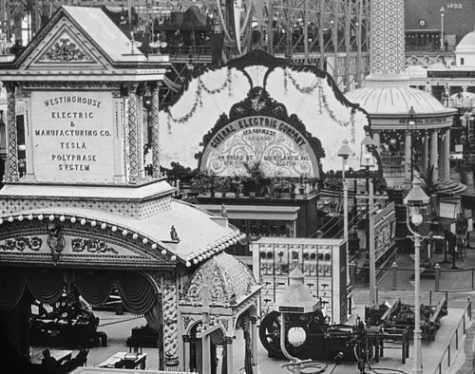 In response, Tesla put on a light show at the 1893 World Fair by holding two lightbulbs up and shooting AC electricity through his body to produce light. Westinghouse also produced the lights at the fair, further proving to the people there that Westinghouse electricity was perfectly safe. From that point on, it was game over for Edison.
In response, Tesla put on a light show at the 1893 World Fair by holding two lightbulbs up and shooting AC electricity through his body to produce light. Westinghouse also produced the lights at the fair, further proving to the people there that Westinghouse electricity was perfectly safe. From that point on, it was game over for Edison.
After the World Fair, AC electricity became the standard for all households due to its advantages. Today, AC is the form of electricity that powers everyone’s homes. (Told you his mother’s prediction of Tesla being a ‘child of light’ was ironic.) Albeit, DC is also used in everyone’s homes, but as electrical chargers and plugs.
With AC becoming the standard, Nikola Tesla quickly became renowned and popular with common citizens and the rich alike. Meanwhile, Edison lost control of his company, General Electric, after some merges/partnerships that didn’t pan out how he expected.
Patents and Inventions
Nikola Tesla was a brilliant man who deserved every piece of acclaim he received after the War of the Currents. He was a hard worker and persistent. However, many of you might be wondering what else Tesla invented. Sure he helped develop the popularity of AC electricity, but what else? What made me claim he is one of the most important inventors of the modern era? Before we continue with the rest of his life and death, I will tell you a fraction of what Tesla invented, as he created over a dozen inventions and had close to 300 patents over a span of 26 countries by the end of his life.
Of course, you know about Tesla’s involvement with AC electricity, as he designed AC motors, generators, transformers and power transmission devices, which together used 25 of the most valuable patents since the telephone. All 25 of which Tesla created, and are still used today. However, Tesla also invented the first hydro-electrical plant powerful enough to provide light for an entire city. This plant was put in Niagara Falls, and a few statues of the man have since been placed there in his honor.
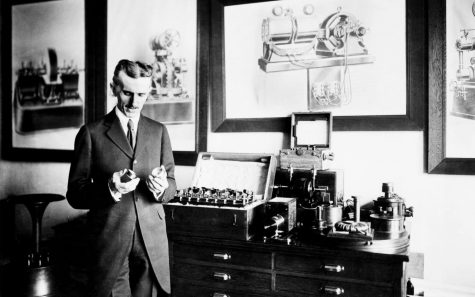 Another invention of his was radio, and wireless transmission. And by radio, I mean he discovered ways to transmit radio waves, not… the radio, as in the device we use in cars to listen to music. While many assume Guglielmo Marconi was the inventor of radio, the truth is that Marconi’s work was heavily based on Tesla’s. In fact, Tesla demonstrated a radio controlled boat in 1898 (basically a remote control toy boat) roughly 3 years before Marconi would take the credit for radios invention. To be clear, Marconi was the first person to transmit what was essentially a wireless message across the Atlantic, which is how he got the invention credited to him, but he did not invent radio.
Another invention of his was radio, and wireless transmission. And by radio, I mean he discovered ways to transmit radio waves, not… the radio, as in the device we use in cars to listen to music. While many assume Guglielmo Marconi was the inventor of radio, the truth is that Marconi’s work was heavily based on Tesla’s. In fact, Tesla demonstrated a radio controlled boat in 1898 (basically a remote control toy boat) roughly 3 years before Marconi would take the credit for radios invention. To be clear, Marconi was the first person to transmit what was essentially a wireless message across the Atlantic, which is how he got the invention credited to him, but he did not invent radio.
This next invention is highly debated on who found it, even to this day, but I will mention it simply because Tesla did contribute to it, even if just a little: x-rays. As I said, it is unclear who invented x-ray, Wilhelm Roentgen, or Nikola Tesla. Some say Tesla’s x-ray photos came first, others say Roentgen’s came first. However, Tesla was one of the first, and he was undoubtedly the first to predict that x-rays may be extremely dangerous, during a time when people believed x-rays could cure blindness.
Tesla also figured out the resonant frequency of the earth over 50 years before technology was invented to simply prove his discovery.
I think I have proven my point. Tesla truly was a brilliant man, but he was also human, and humans are flawed. For example, he did not believe in electrons, and thought that all of Einstein’s work was nonsense. (If you ever see someone say that Einstein called Tesla a genius, please know this probably never happened as they did not like each other whatsoever. And, if it did happen, Einstein meant it sarcastically.) But out of everything, Tesla’s biggest flaw and failure, was probably what would have been his biggest/most ambitious invention, if it had succeeded… the Tesla Tower.
Tesla Tower
The basic idea for the Tesla Tower, was that it would deliver energy/electricity, to every home in the world for free, as long as people had something called a Tesla Coil. Which was another of Tesla’s inventions. 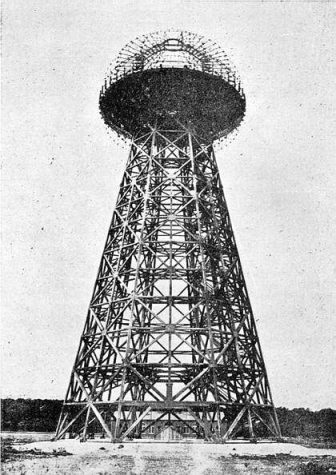 It was a very interesting project with very kind intentions, but after JP Morgan, the main financial backer, pulled out of the project, it quickly collapsed.
It was a very interesting project with very kind intentions, but after JP Morgan, the main financial backer, pulled out of the project, it quickly collapsed.
Today the Tesla Tower is heavily romanticized as something that was indeed possible if JP Morgan wasn’t so greedy, but this is not true. Even today, Tesla’s idea is beyond our current technology. In addition, modern scientists say that the basis for the Tesla Tower was built on multiple of Tesla’s misunderstandings of radio wave physics. There were many other complications with the idea as well, but that was the main problem.
Late Life and Death
After the failure that was the Tesla Tower, Nikola Tesla retreated from polite society and entered a dramatic stage of depression, loneliness and denial. Tesla continued to invent and produce patents, as he claimed that inventing was the only time he ever felt truly happy, but he was slowly losing his mind. This led to more and more failures, making him become more and more secluded than he already was, until he reportedly had a mental breakdown.
By the late part of his life, Tesla was diagnosed with insanity. To just give you a general idea of how insane, here’s a fun pop culture reference you probably didn’t know where it came from until just now: Nikola Tesla claimed in one of his final interviews that he was head over heels in love with a pigeon. In fact, he spent close to 2000 dollars healing a white pigeon with grey wingtips. Like I said, completely insane.
In the final years of his life, Tesla stayed inside the New Yorker hotel, living off a diet of milk and biscuits, as he was completely penniless.
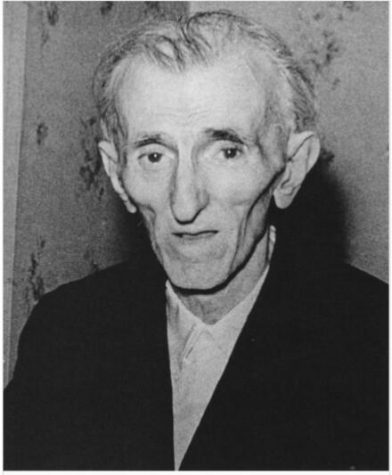 Undoubtedly, you all must be shocked and confused. After all, how in the world did Tesla die penniless? He invented so many things, even if not all were credited to him! Well, sometime between the Current Wars and the beginning of the Tesla Tower, Nikola Tesla was called to a meeting with George Westinghouse, where he learned that the Westinghouse Company was going under. In a last ditch attempt to save the company, George Westinghouse begged Tesla to lower the price of his patents. (Remember, Tesla sold his patents to Westinghouse for regular compensation.) When Tesla found out about this, he told George Westinghouse that he was grateful to the man for believing in him when no one else did. Then, he tore up the compensation contract. This meant that George Westinghouse and his company was no longer obligated to pay Tesla a dime for using his patents or inventions. If Tesla did not do this, he might have died the world’s first billionaire.
Undoubtedly, you all must be shocked and confused. After all, how in the world did Tesla die penniless? He invented so many things, even if not all were credited to him! Well, sometime between the Current Wars and the beginning of the Tesla Tower, Nikola Tesla was called to a meeting with George Westinghouse, where he learned that the Westinghouse Company was going under. In a last ditch attempt to save the company, George Westinghouse begged Tesla to lower the price of his patents. (Remember, Tesla sold his patents to Westinghouse for regular compensation.) When Tesla found out about this, he told George Westinghouse that he was grateful to the man for believing in him when no one else did. Then, he tore up the compensation contract. This meant that George Westinghouse and his company was no longer obligated to pay Tesla a dime for using his patents or inventions. If Tesla did not do this, he might have died the world’s first billionaire.
From then on, Tesla stopped collecting compensation for his patents and invention, as he no longer cared if he was properly credited or not. He always claimed that money did not mean anything to him throughout his entire life, as he was in fact a humanitarian (humanitarian: concerned with or seeking to promote human welfare.).
For the remainder years of his life, what money Tesla did get went back into his inventions, future patents, and inventions.
Then, on January 7th, 1943, Tesla passed away, penniless and alone.
End
When I first read about Nikola Tesla, I was deeply upset that he died penniless and alone, much like how I hope many of you feel. A man who had done so much for our world died underappreciated, and then almost forgotten in America. I’ll be honest, I was angry, but now, after learning more about his life and the things he did, I can’t help but think that his death was very fitting. Almost ideal, even. After all, if he never tore up that contract, if he died living on his royalties and in an expensive mansion with a high-class laboratory, would you believe me if I told you that Tesla was an honest man who invented for the better of humanity rather than greed?
That’s the thing about Tesla. He did not make the world a better place to make money, he made money to make the world a better place.
Tesla was not a God, like many in his ‘Fan Club’ claim he was. Many of his ideas and beliefs were wrong or destined to never work. He was undoubtedly crazy, and at times too idealistic, but he invented radio and x-ray. He patented AC electricity and created so much more.
Without a doubt, Nikola Tesla is one of the most important, and underrated, inventors of our modern era.
